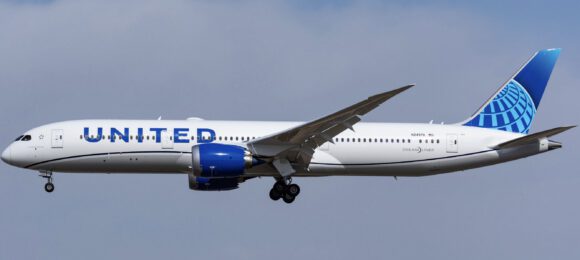
United Boeing787
The last of the Big Three in the US – United – reported its Q1 2020 results just a little after American on April 30. United ended the first quarter with a $-1.7 billion net loss, down from a 292 million profit last year. The airline says it has a cash buffer of $9.6 billion.
The operating loss for the quarter was $-972 million versus $495 million last year. Revenues fell 16.8 percent to $7.979 billion but expenses were also slightly lower by -1.6 percent to $8.951 billion.
In April, United said in burned some $70 million in cash a day. Thanks to cost-cutting measures it expects to reduce this in Q2 to $40-45 million. Part of this has been realized as 20.000 employees have participated in unpaid voluntary leave, the introduction of salary cuts, or the postponement of all non-critical investments.
United will reduce Capex by $2.5 billion this year to a total of $4.5 billion. It hasn’t specified any aircraft retirements nor delivery deferrals but says it will only take new ones that have been fully financed. As announced earlier, the airline has agreed with lessor BOC Aviation on a sale and leaseback. This includes two Boeing 787-9s that have been delivered in April, four more up for delivery plus 16 MAX 9s that are subject to purchase agreements with Boeing.
United Airlines has bolstered its cash position to $9.6 billion, which includes $ 2 billion as an undrawn revolving credit facility. It will receive in total $5 billion under the CARES act Payroll Support Program, of which $3.5 billion as a grant and $1.5 billion as a loan. The first 2.5 billion was paid out in April.
As part of the aid package, United expects to borrow $4.5 billion from the US Treasury until October.
United has joined American, Delta, and JetBlue to introduce the mandatory wear of face mask for passengers in the coming days.
Views: 0



